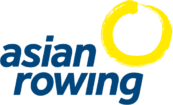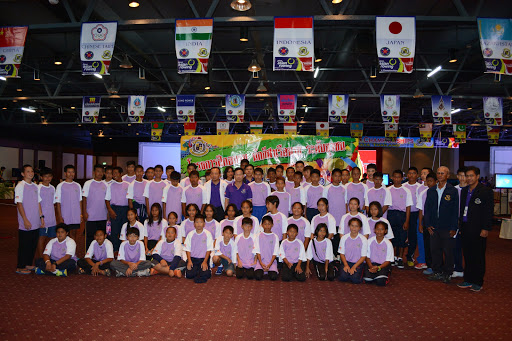
Indoor rowing, otherwise known as Ergometer rowing after the name of the equipment used for this type of sport, has been widely used in training and preparation of athletes for many years. But recently, indoor rowing has grown from a tool for off-the-water training for the serious rower to a sport in its own right.
Nearly every rowing nation now holds national indoor rowing competitions. The longest running and best known is the C.R.A.S.H.B’s, held every year in February in Boston, USA. In 2018, the World Rowing Indoor Championships were held in conjunction with Concept2 in Alexandria, USA. The 2019 event will be held in Long Beach, California, USA.
Ergometers have been used in rowing training since the 1950s in many countries. The earliest examples were huge metal contraptions with a big sold fly-wheel and were desperately hated by all oarsmen and oarswomen.
The 1980s saw the development of lighter, slightly more rower-friendly machines such as the Repco, which had a wheel which acted against air resistance. Some years later, the highly technical Gjessing, from Norway was designed and became the internationally accepted standard measuring tool which was used around the world. Later that the Dreissigacker brothers in the United States came out with the Concept2 which had the great advantage of being light, relatively inexpensive and consistent, so that wherever you are and on whatever machine, you could compare your score with others. This has made indoor rowing competitions possible.
The ergometer has become the standard tool for judging a rower’s speed over 2000 metres. It has become a fixture in boathouses and gymnasiums around the world and is also widely used by athletes of other sports for cross training.
The rowing ergometer is now commonplace in fitness centers, introducing non-rowers to the rowing action and helping to create a sport in itself.

